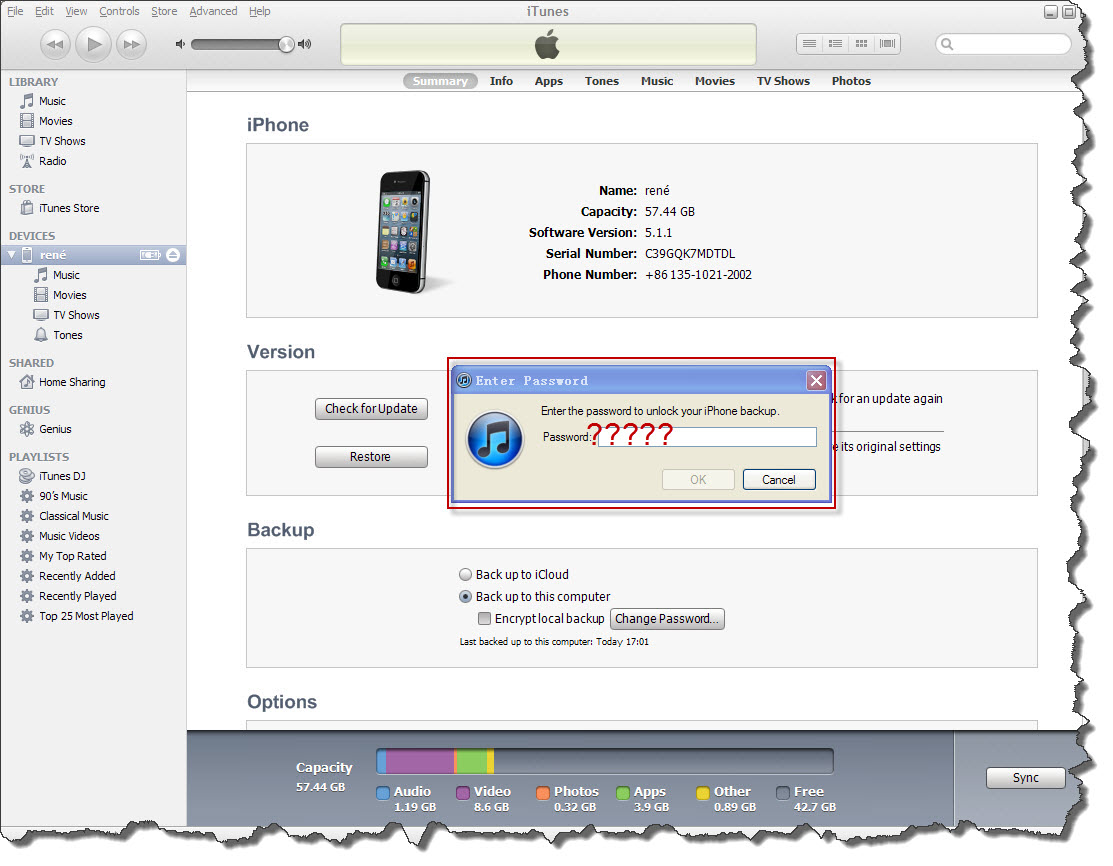

Make sure you note down the password somewhere safe so that you don’t forget it next time. Now, you can just simply connect your iPhone to the computer using the included Lightning to USB cable and create a new encrypted backup of your device in iTunes or macOS Finder. This won’t affect your user data or other passwords, however. but to top it all, it also removes your encrypted backup password. By doing this, you’re resetting settings like display brightness, home screen layout, wallpaper, etc. Tap on “Reset All Settings” to confirm your action.You’ll be asked to enter the passcode for your iOS device before you can proceed to the next step.


This leaves the encrypted backup unusable, but if you’re stuck in a similar situation, don’t lose hope. However, to restore your iPhone or iPad to an encrypted backup, you’ll need to manually enter the encryption password first and there’s no password recovery feature in case you forget it. Encrypted backups have an advantage over regular backups, as they allow account passwords, Health, and HomeKit data to be backed up to the computer, plus since they’re encrypted they are also more secure to have stored on your computer. Both iTunes and macOS Finder provides users with the option to encrypt local backups of iOS and iPadOS devices.


 0 kommentar(er)
0 kommentar(er)
